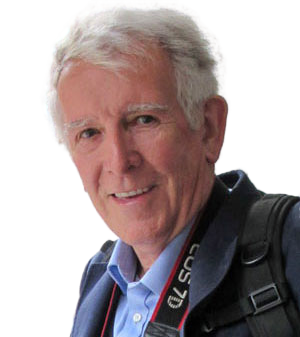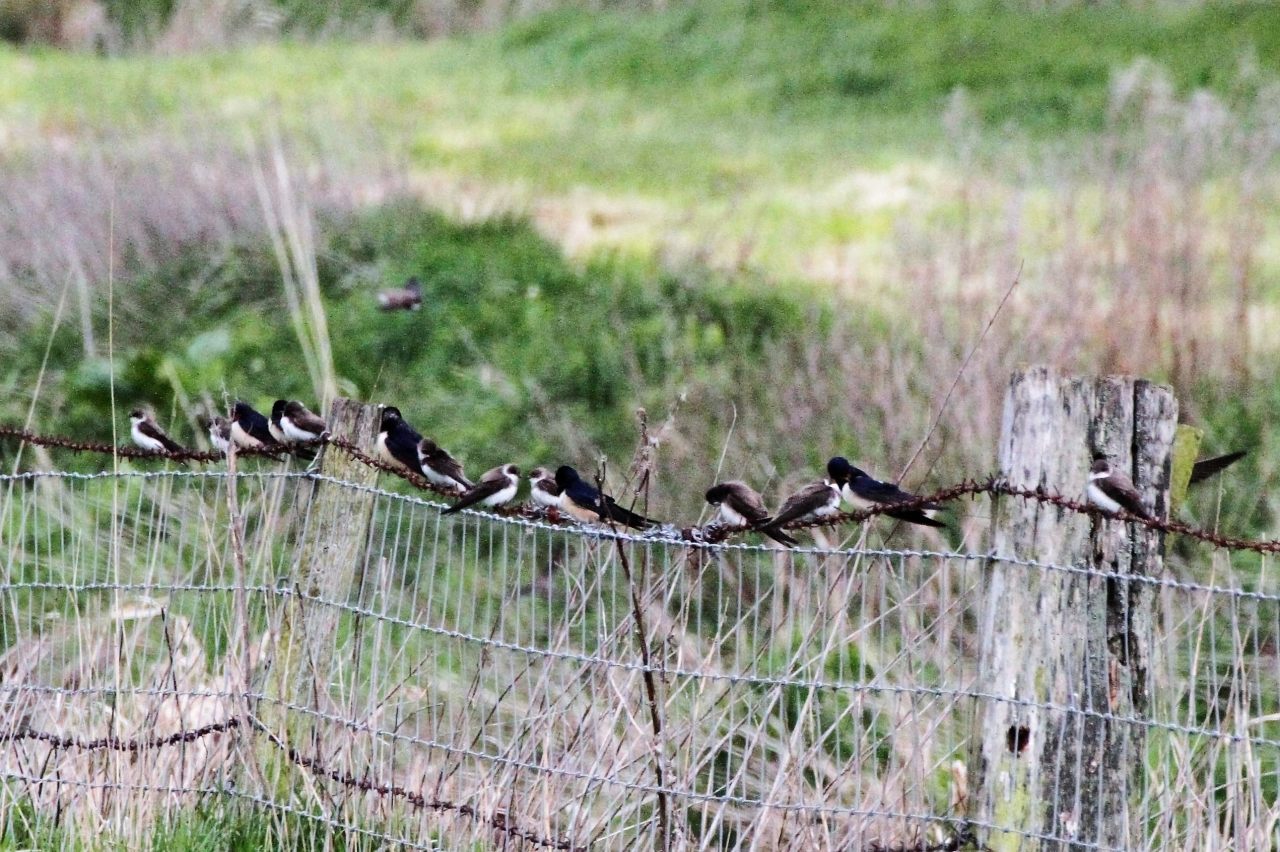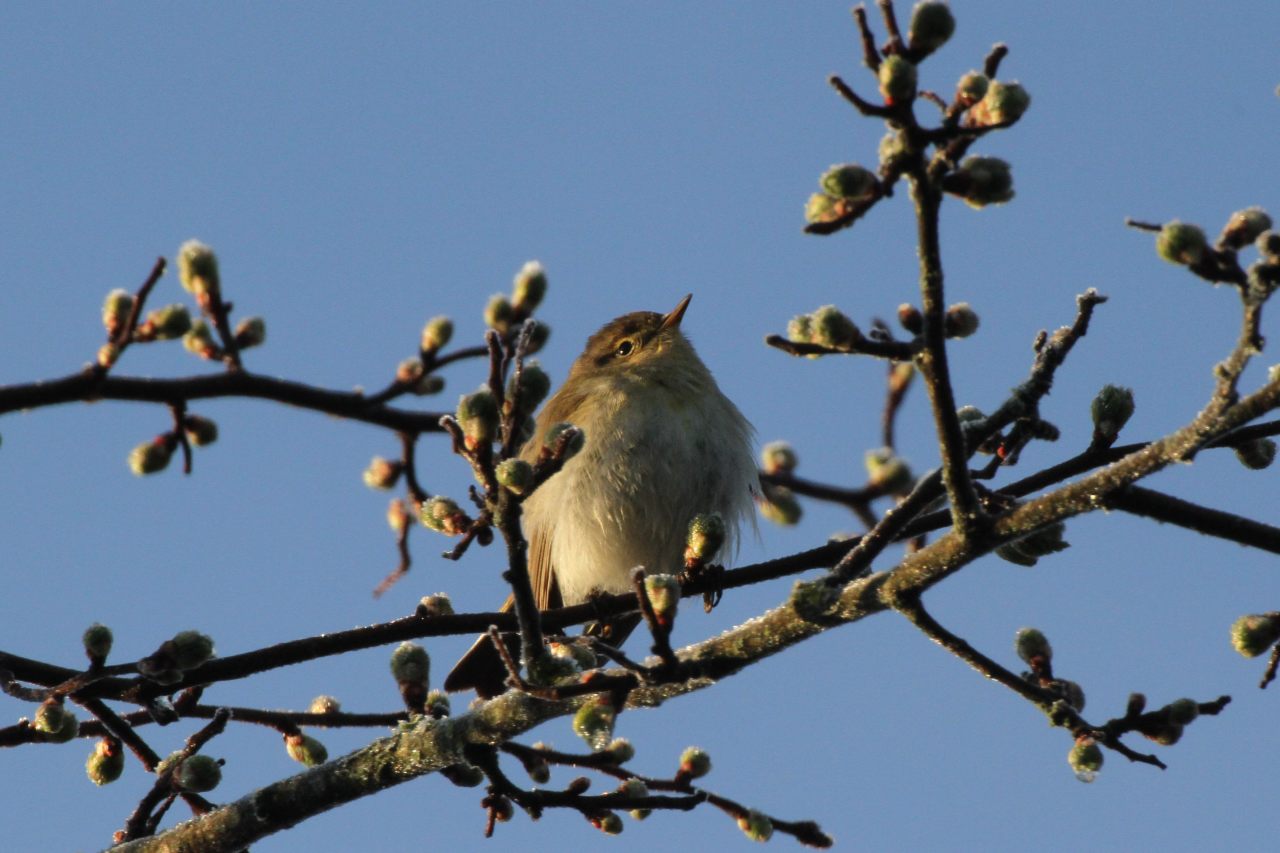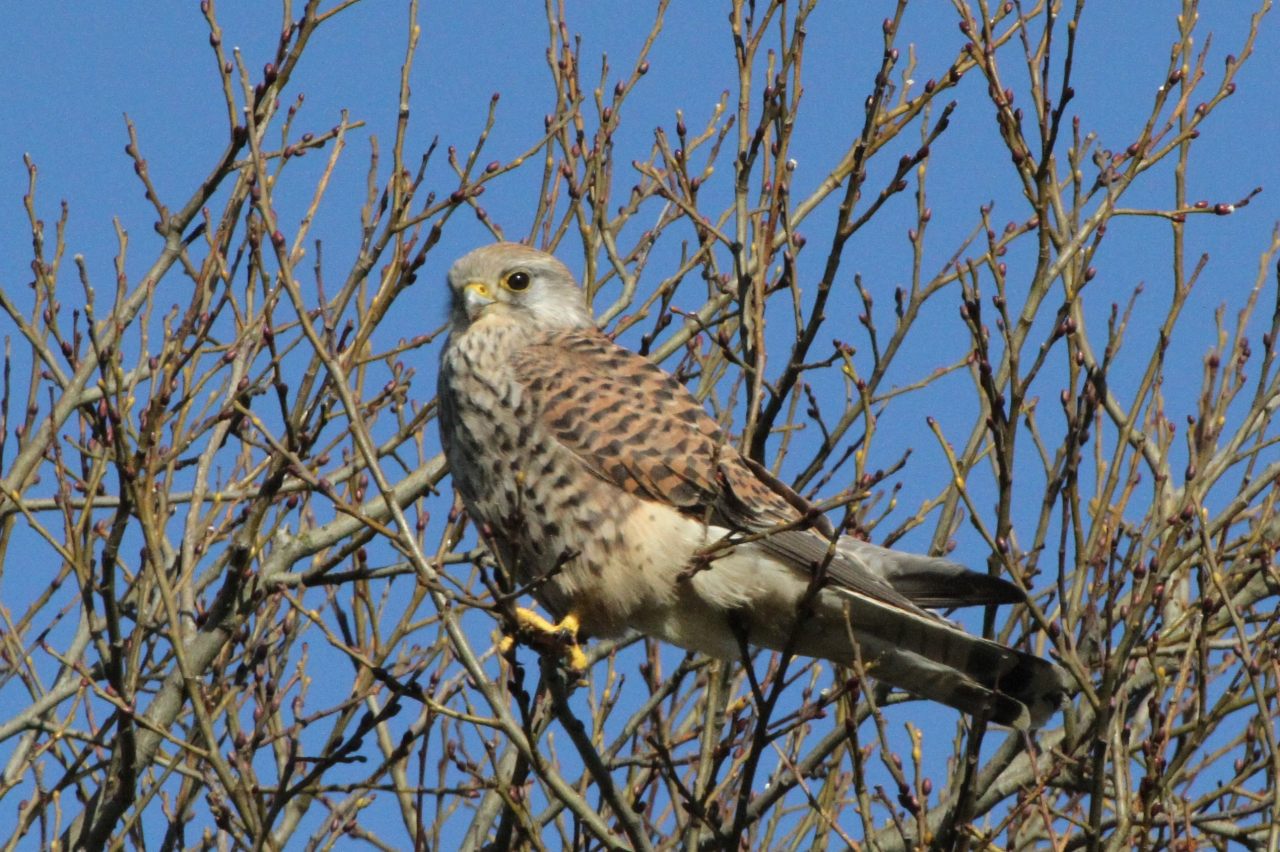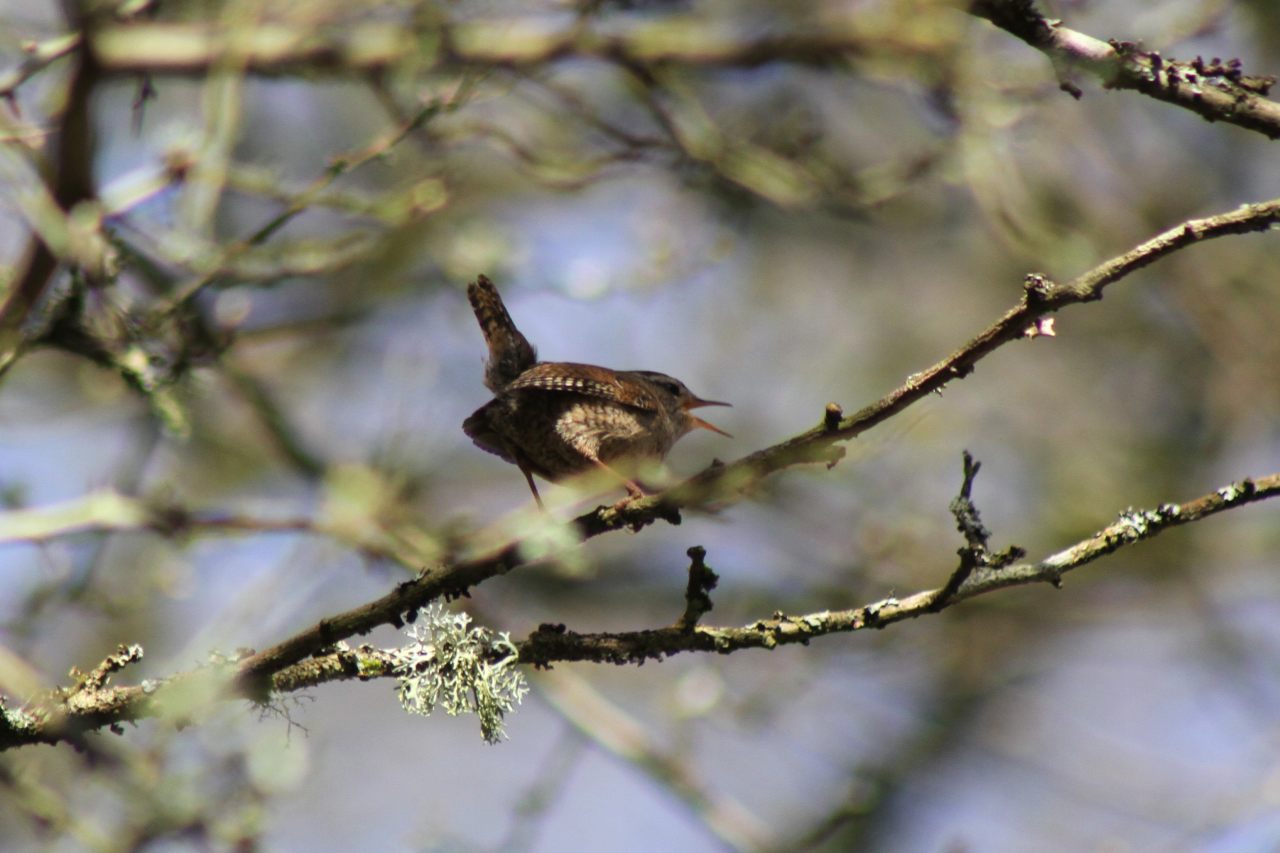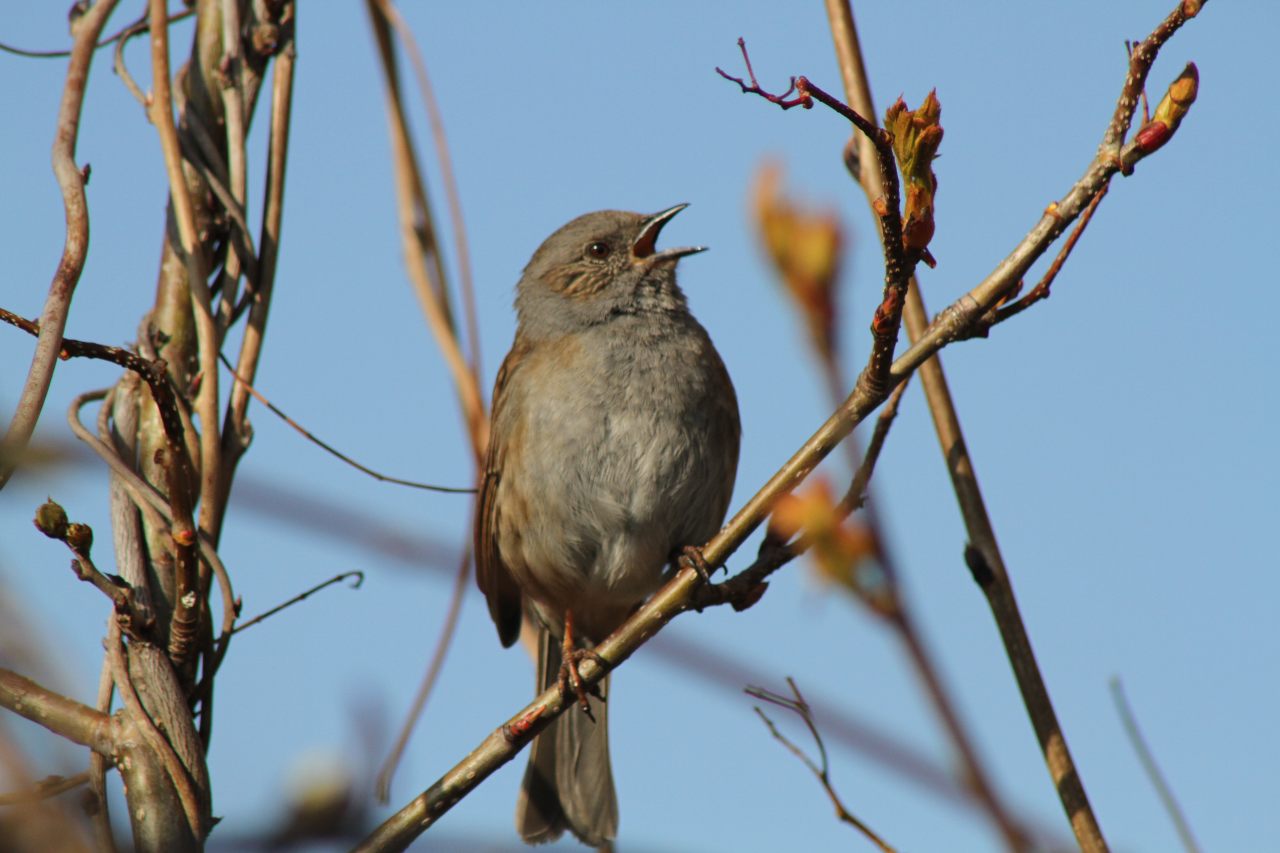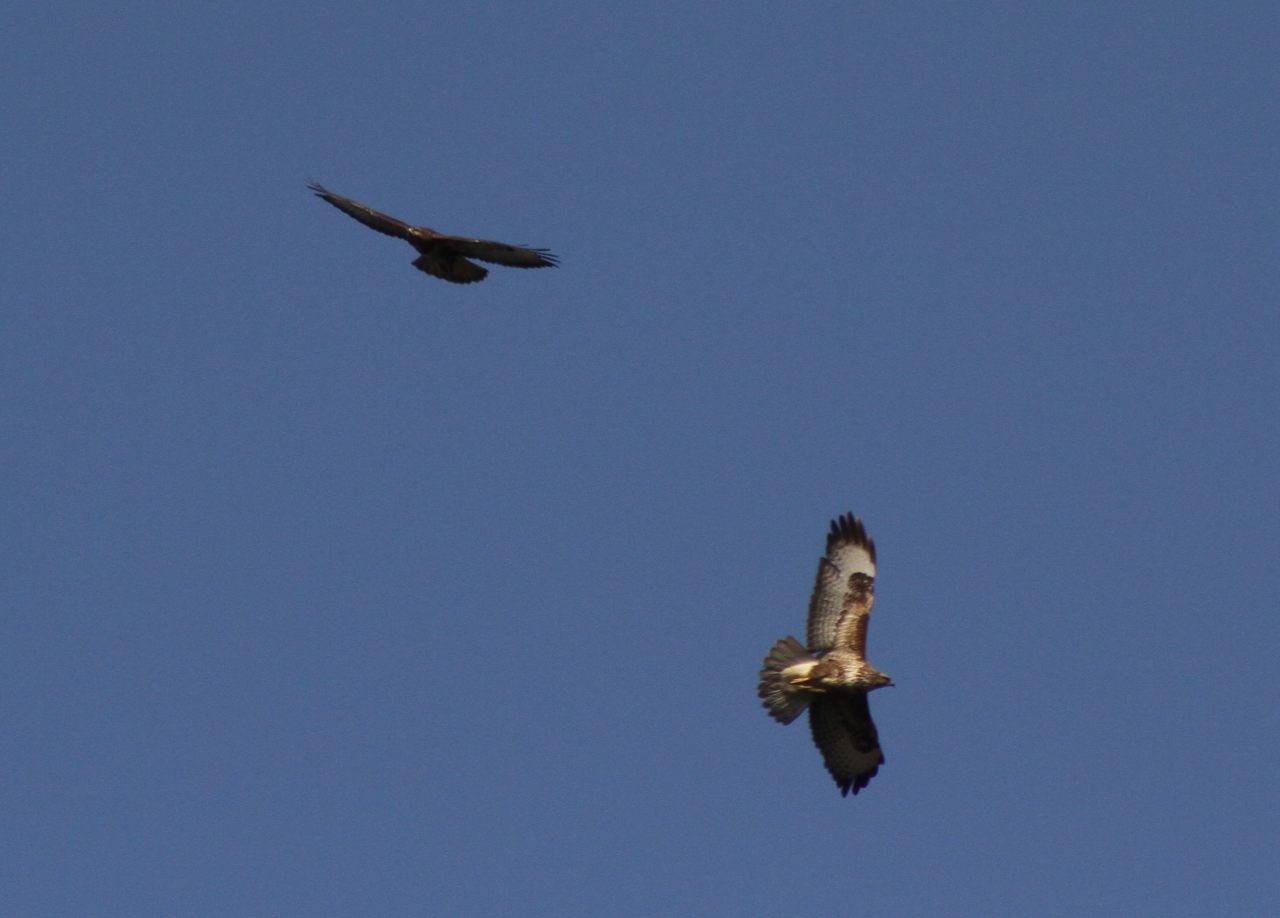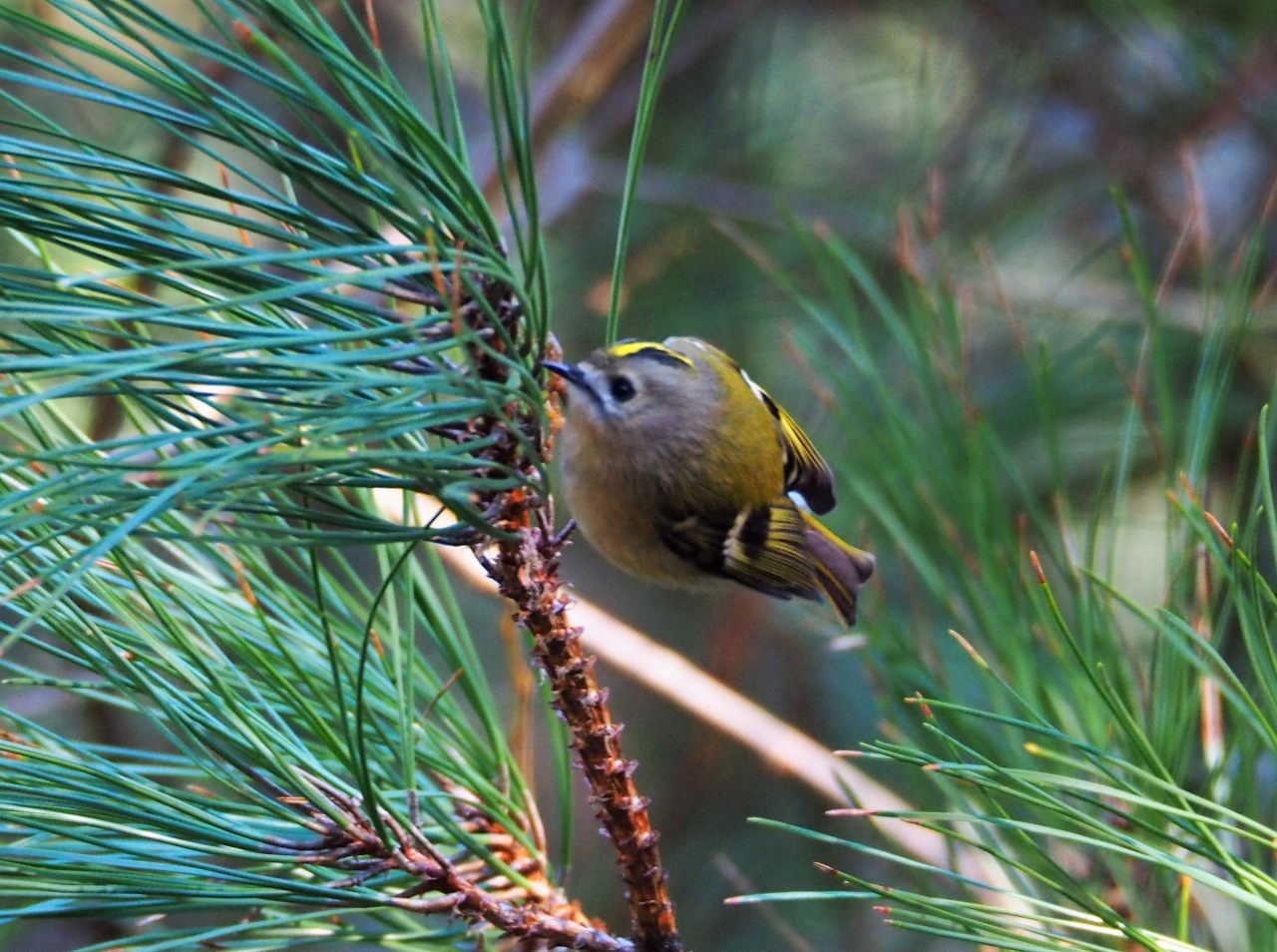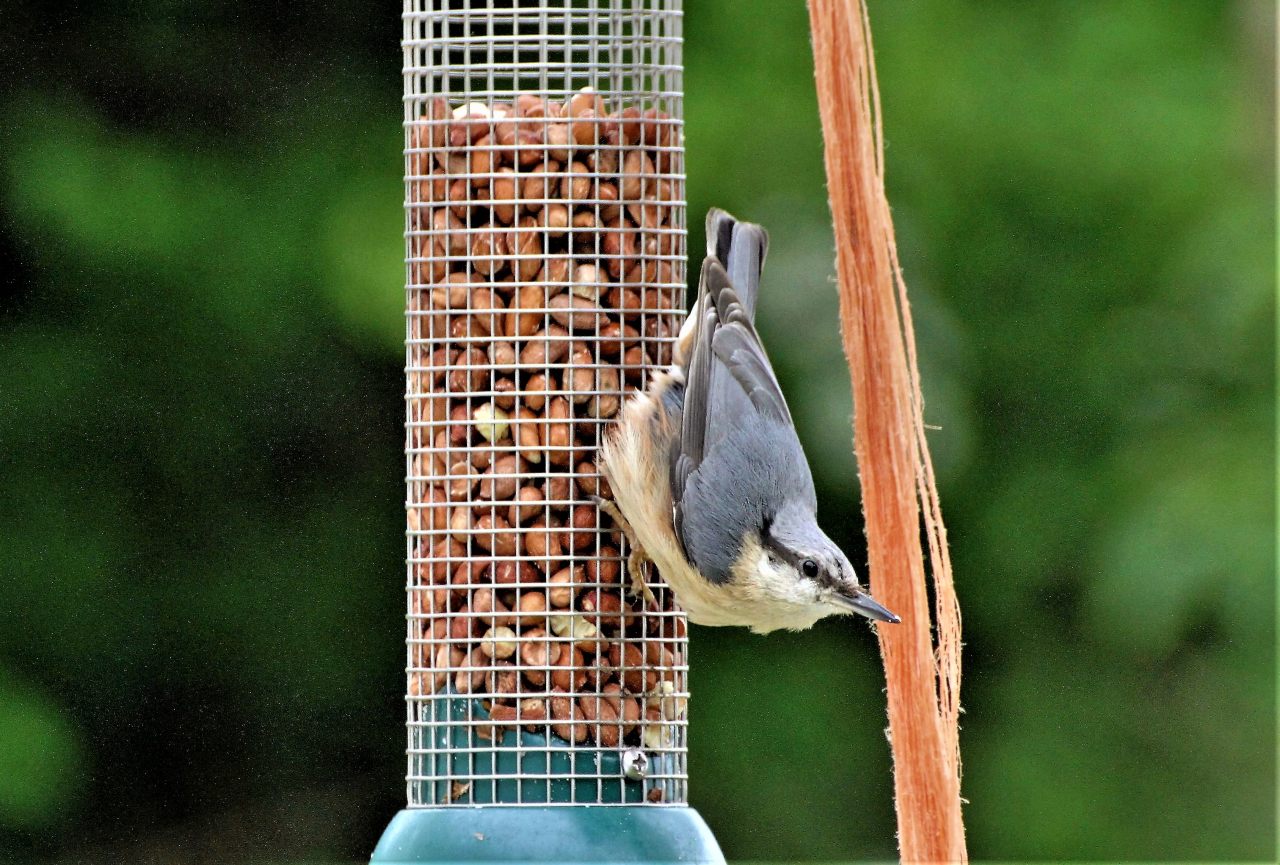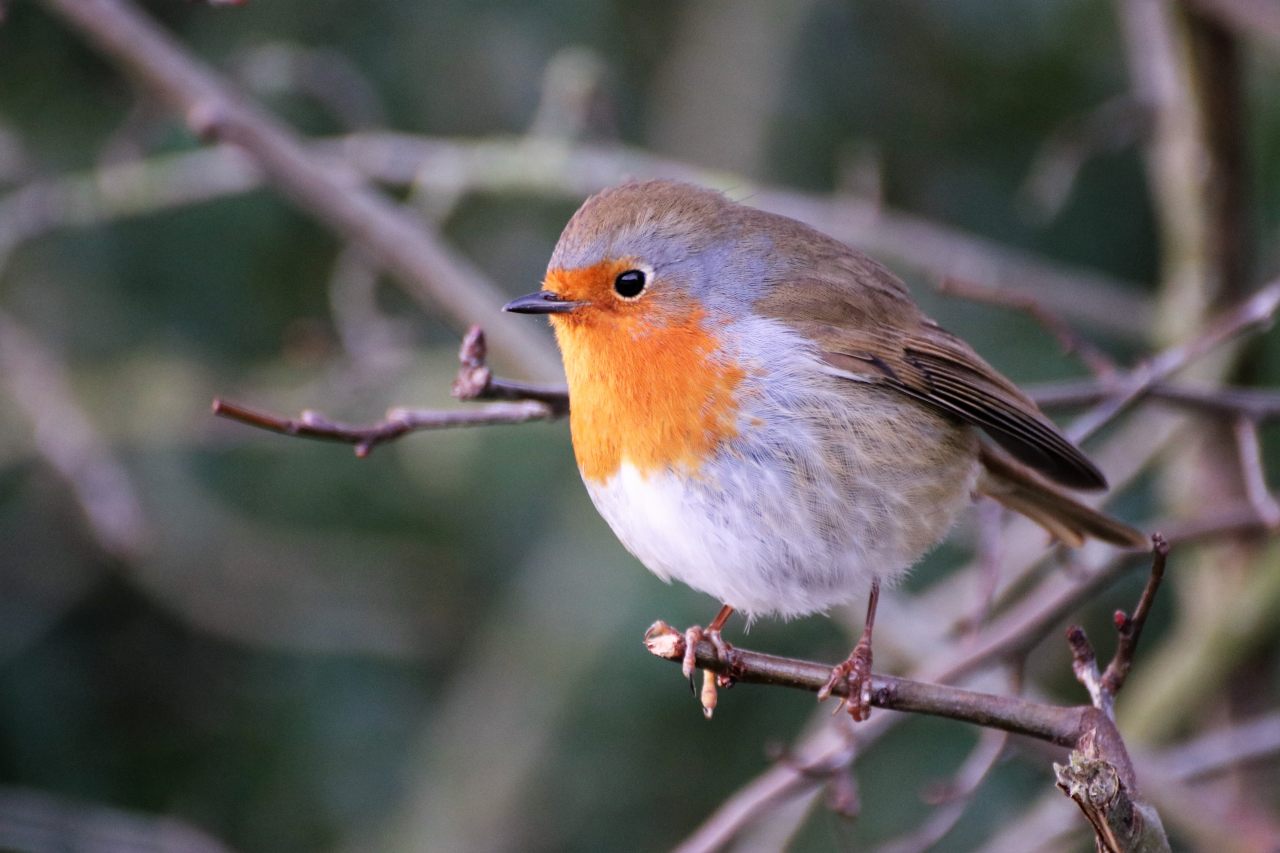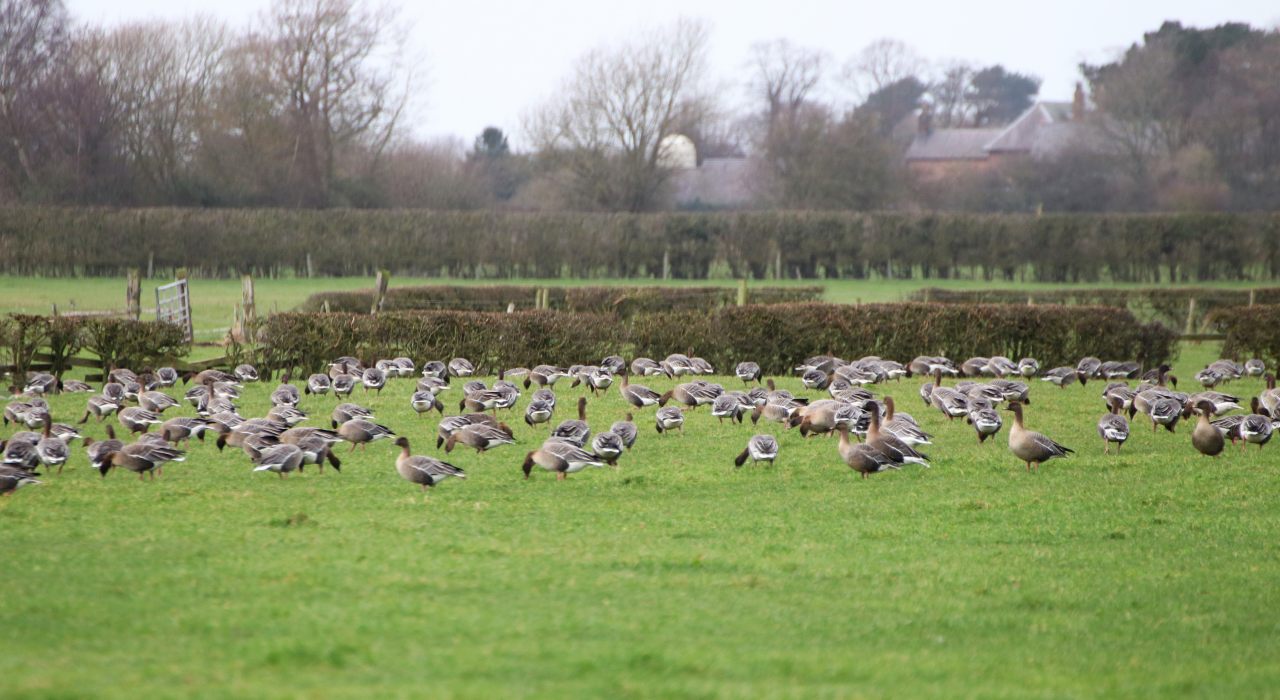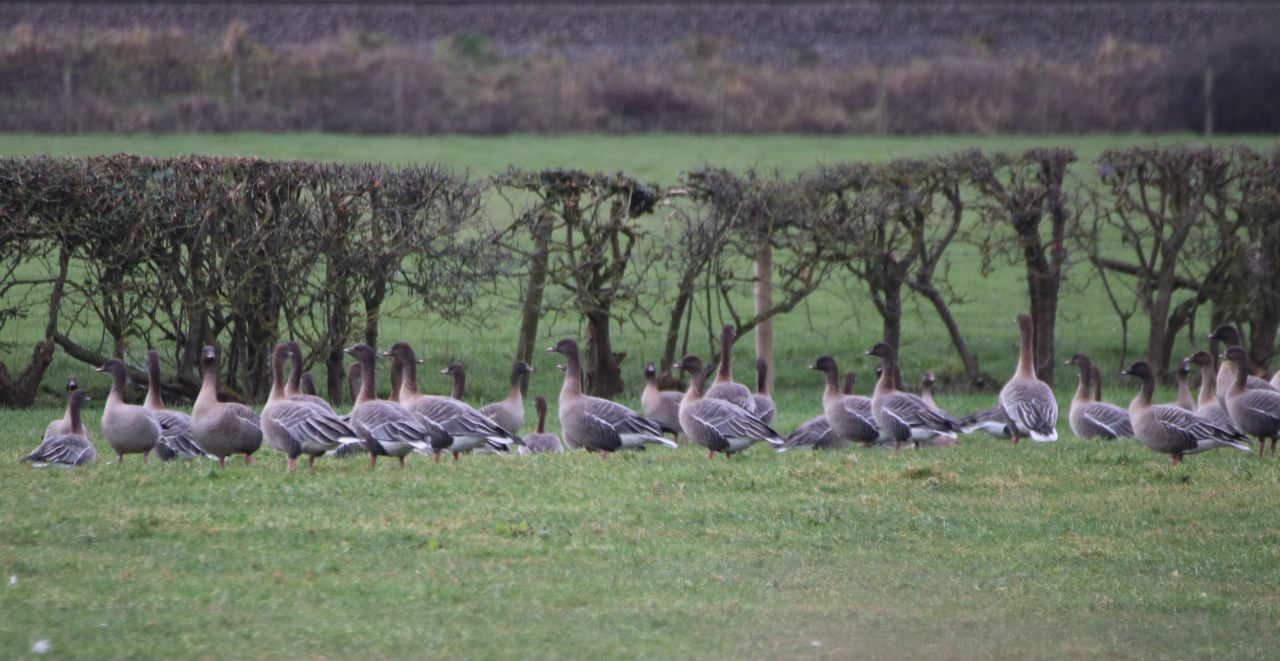


This is the time of year when we can expect migrant bird species to appear in the Parish, and I understand that birds like sand martins have already been seen on Wirral. I would expect to see sand martins, wheatear and possibly swallows by the end of April, with black caps, chiff chaff and willow warblers shortly afterwards. The curlew and little egret seen last weekend were probably just passing through, and although I hope that the attractive shoveler ducks on the Pit will stay, I expect them to move on, perhaps to the Dee estuary to breed. This will also be the case for the widgeon and teal currently on the Lake at Hockenhull, and the hundreds of lapwing that have spent the winter on the island there. There have been fewer sightings of the pink footed geese in the last week, as I guess that they too will have gone back to their breeding grounds in Iceland. Fewer and fewer fieldfare and redwing are about so I suspect they might also have made their move north to their breeding grounds in Scandinavia. This is rather earlier than usual but triggered by the extraordinary warm sunny weather at the end of February.
A pied wagtail was a surprise visitor to our garden this week, and as it was extremely white in colour, made me think that it might even have been a white wagtail. Smaller birds such as blue, great and long tailed tits are everywhere at present, and we hear the delightful call of the dunnock (hedge sparrow) every day. I have also had reports of several tree sparrows being seen in the area. These are similar in size and colour to the house sparrow, but have a distinct all over brown head.
Greater spotted woodpeckers have been drumming hard on the poplars at Hockenhull and we have at least five male song thrushes competing for territory. There are several blackbirds calling too, so the dawn chorus is really strong at present. Noisy nuthatches can be seen and heard around the Village Green/Birch Heath area, and near the High School entrance in Village Road. There are jackdaws and jays in the churchyard, and several tiny goldcrests have been seen foraging in the hedgerows. Buzzards have also been more vocal and active overhead in the last few weeks and I have been delighted to record at least four kestrels in the parish. I hope that buzzards find enough food in the countryside, but there are more and more reports of them sitting on hedgerows and even coming into local gardens.
The first wild flowers of spring, delightful yellow celandines are already out in profusion in the lanes, and although there are no heads yet, plentiful signs of wild arum, the insectivorous plant that grows at the bottom of hedgerows and along lanes. We should also expect to see some early butterflies soon, with the bright yellow brimstone usually the first to be on the wing, shortly followed by small tortoishell.
-
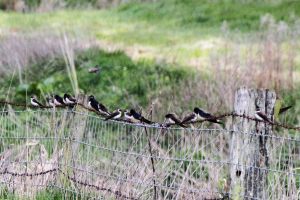
Sandmartins and Swallows
-

Pied Wagtail
-

Chiff Chaff
-

Kestrel
-

Wren
-

Curlew
-

Dunnock singing
-

Buzzards
-

Goldcrest
-

Little Egret
-

Nuthatch
-

Robin
-

Pink footed geese landed
-

Pink Footed Geese
